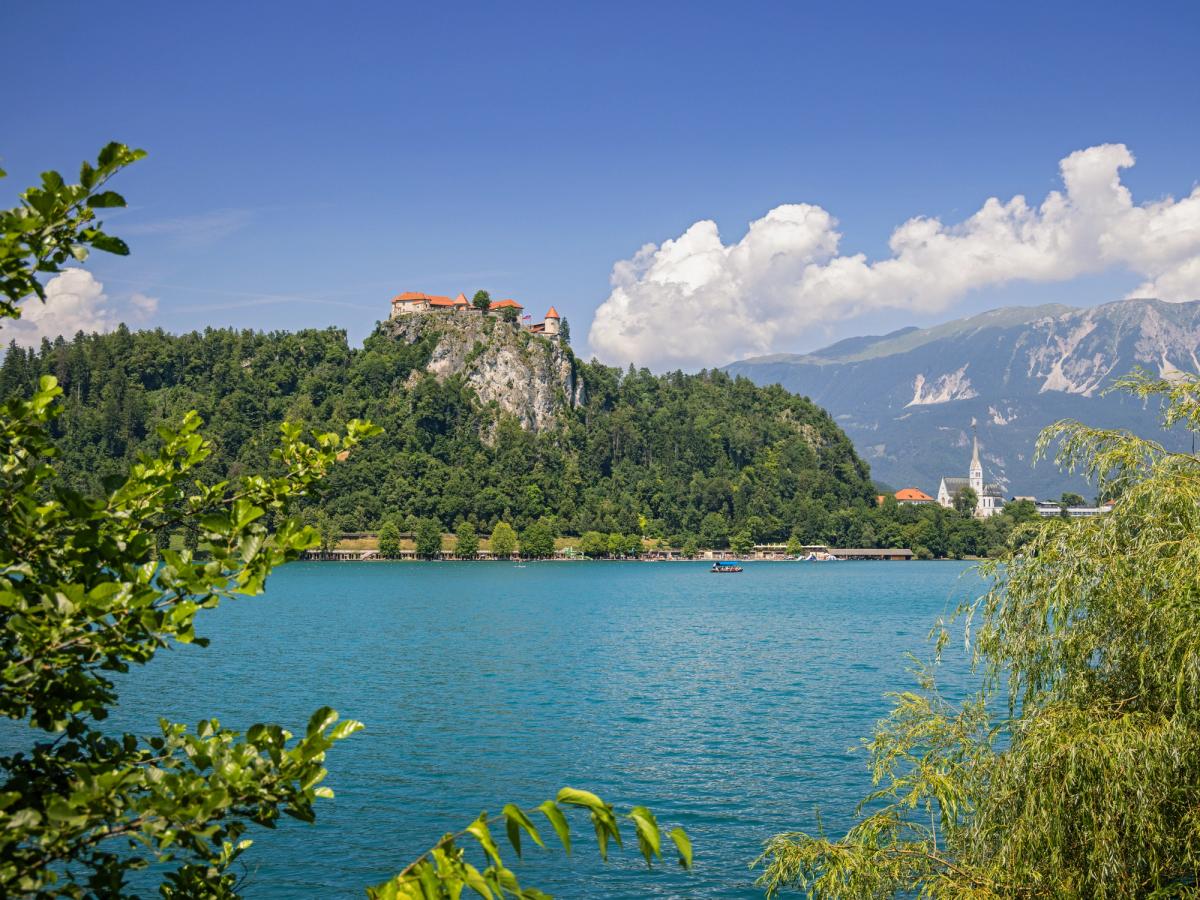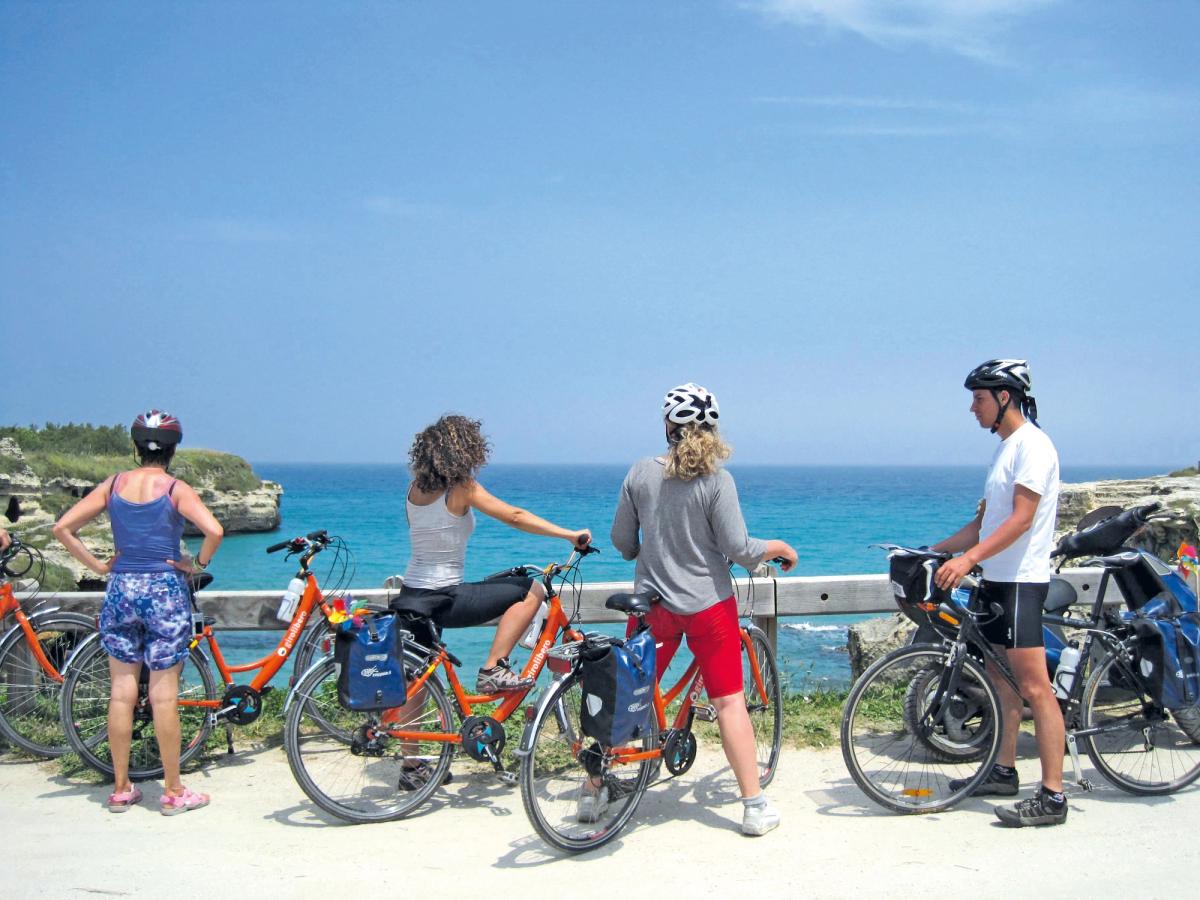The Wachau Valley is one of Austria’s most picturesque regions, renowned for its rolling hills, charming villages, and ancient castles. Situated along the Danube River between Melk and Krems, the valley offers a combination of rich cultural history, stunning landscapes, and a wealth of local wines. Cycling through the Wachau Valley is the perfect way to immerse yourself in its beauty, as you wind through lush vineyards, explore medieval fortresses, and enjoy panoramic views of the Danube and surrounding hills. Whether you’re a seasoned cyclist or a casual rider, the Wachau Valley provides a memorable cycling experience for all levels.
In this blog, we’ll guide you through the highlights of cycling the Wachau Valley, including the best routes, must-see stops, and tips for making the most of your cycling adventure.
Why Cycle the Wachau Valley?
Cycling through the Wachau Valley is an unforgettable experience for several reasons:
- Scenic Beauty: The valley is a UNESCO World Heritage site, and for good reason. The combination of vineyards, river views, and rolling hills creates a landscape that’s both tranquil and breathtaking. Whether you're riding along the Danube River or up the hills to explore the castles, the views will be stunning at every turn.
- Rich History: The Wachau Valley is steeped in history. From ancient castles to medieval towns, there’s a story around every corner. Cyclists will have the opportunity to visit several historical landmarks along the way, including monasteries, fortresses, and charming villages.
- Wine Region: The Wachau is one of Austria's top wine-producing areas, particularly known for its white wines like Grüner Veltliner and Riesling. Cycling through the valley provides the chance to stop at local wineries, taste the region's best wines, and even learn about the winemaking process.
- Easy-to-Navigate Routes: The region is well-connected with a network of well-maintained cycle paths. The Wachau Cycle Path follows the Danube River and offers relatively flat terrain, making it accessible to cyclists of all abilities.
Whether you’re cycling for the views, the culture, or the wine, the Wachau Valley promises an incredible experience.
The Best Cycling Route Through the Wachau Valley
The Wachau Cycle Path (also known as the Danube Cycle Path or EuroVelo 6) is the most popular route through the valley. This well-marked, mostly flat trail runs along the Danube River and connects Melk and Krems. Along the way, you’ll pass vineyards, small towns, and historical sites, all while enjoying stunning river views.
Route Overview:
- Distance: Approximately 40-50 km (one-way)
- Difficulty: Easy to Moderate
- Duration: 1-2 days
You can easily complete the route in one day if you’re cycling at a moderate pace. Alternatively, take your time and break the journey up into two days, allowing you to explore more of the valley's towns and sights along the way.
Key Stops Along the Wachau Cycle Path:
- Melk:
- Start your cycling adventure in Melk, a town dominated by the impressive Melk Abbey, one of Austria’s most famous landmarks. The abbey is perched high above the town and offers panoramic views of the surrounding countryside. Take some time to explore the abbey and its beautiful gardens before hitting the road.
- Tip: Melk’s charming old town is also worth a stroll if you have time before you start cycling.
- Spitz:
- As you cycle along the river, you’ll pass through the charming town of Spitz, known for its picturesque wine terraces. Here, you can take a break at one of the many wine taverns (known as Heurigen) and taste local wines such as Grüner Veltliner and Riesling.
- Key Stop: Visit the Krems-Schönbühl Castle, a 12th-century fortress located above Spitz with amazing views of the Danube and surrounding vineyards.
- Dürnstein:
- One of the most iconic towns in the Wachau Valley, Dürnstein is famous for its medieval castle ruins and blue and white baroque-style church. The town sits on the banks of the Danube, with winding streets, quaint cafés, and plenty of opportunities to stop and enjoy the atmosphere.
- Key Stop: Climb to the Dürnstein Castle ruins for panoramic views of the valley. The castle was once the prison of Richard the Lionheart, the English king.
- Weißenkirchen:
- Continuing along the Danube, you’ll pass through the village of Weißenkirchen, a small but beautiful spot known for its ancient church and terraced vineyards. This village is an ideal place for cyclists to relax and enjoy the local wines and Austrian cuisine.
- Key Stop: Visit the Pfarrkirche Weißenkirchen, a Gothic church that dates back to the 13th century.
- Krems:
- Your journey will end in Krems, a historic town that serves as the gateway to the Wachau Valley. Krems is filled with cobblestone streets, charming squares, and plenty of historical landmarks. It’s also known for its art scene and wine culture.
- Key Stop: Explore the Kunsthalle Krems, a modern art museum, and the Steiner Tor, a medieval city gate that’s one of the town’s most recognizable landmarks.
Additional Route Options in the Wachau Valley
If you want to extend your cycling adventure, there are additional routes and loops to consider:
- Wachau World Heritage Cycle Loop: This 160 km loop takes you through the Wachau Valley and its surrounding areas, including Mautern, Rossatz, and the Kremstal wine region. The loop offers a more challenging ride with some gentle hills, perfect for cyclists looking for a bit of a workout.
- Side Trip to Göttweig Abbey: From Krems, you can take a detour and visit Göttweig Abbey, a Benedictine monastery perched on a hill with stunning views of the valley. The abbey is an impressive sight and offers a peaceful atmosphere to relax.
Cycling Tips for the Wachau Valley
- Plan Your Wine Stops: The Wachau Valley is known for its excellent wines, and there are plenty of Heurigen (wine taverns) along the route where you can taste local wines. However, since cycling and drinking wine don’t always mix, be sure to pace yourself and stay hydrated with water as well.
- Renting a Bike: If you don’t have your own bike, there are plenty of rental shops in Melk and Krems where you can pick up a touring bike, road bike, or e-bike. Many rental shops also provide bike tours of the Wachau Valley, which can be a great option if you prefer a guided experience.
- Best Time to Visit: The Wachau Valley is beautiful year-round, but the best time for cycling is during the spring and fall months. Spring offers mild temperatures and the valley’s vineyards in bloom, while the fall brings vibrant foliage and grape harvests. Summer can be hot, so be sure to start your rides early to avoid the midday heat.
- Pack Light and Smart: When cycling in the Wachau, you don’t need to carry much—just the essentials like sunscreen, a water bottle, and some snacks. Many of the towns along the route have cafés and places to rest, so you won’t need to carry heavy gear.
- Check the Weather: The weather in the Wachau Valley can change quickly, especially if you’re cycling in the hills. Be sure to check the forecast and pack a light jacket or rain gear, just in case.
Conclusion
Cycling the Wachau Valley is a spectacular experience that combines natural beauty, rich history, and exceptional wine. Whether you're a beginner cyclist or an experienced rider, the Wachau Cycle Path offers something for everyone. From the vineyards and castles to the charming towns and panoramic views, this cycling route is the perfect way to explore one of Austria’s most enchanting regions. So, grab your bike, get ready to pedal, and prepare for an unforgettable adventure through one of Europe’s most scenic landscapes.









